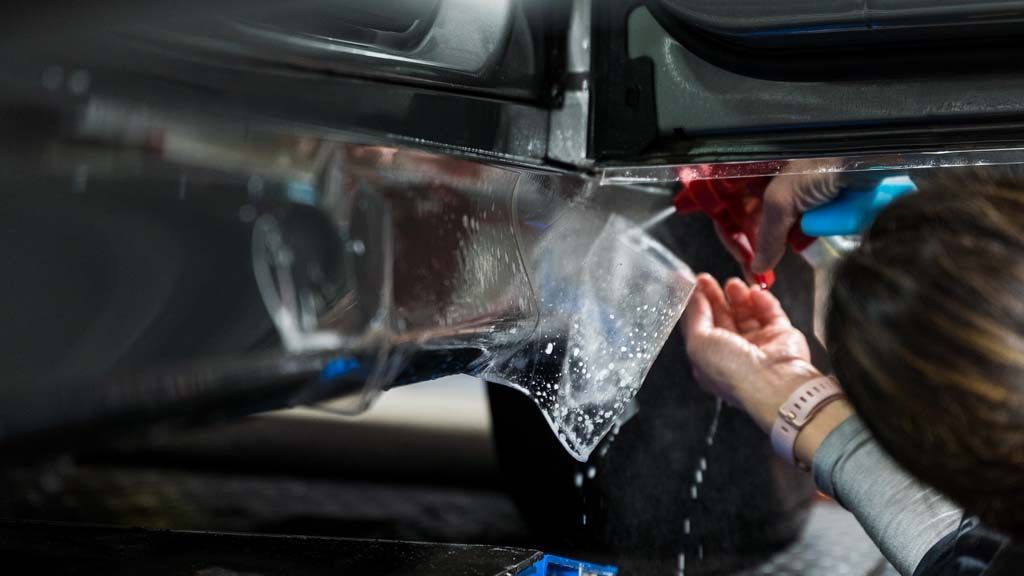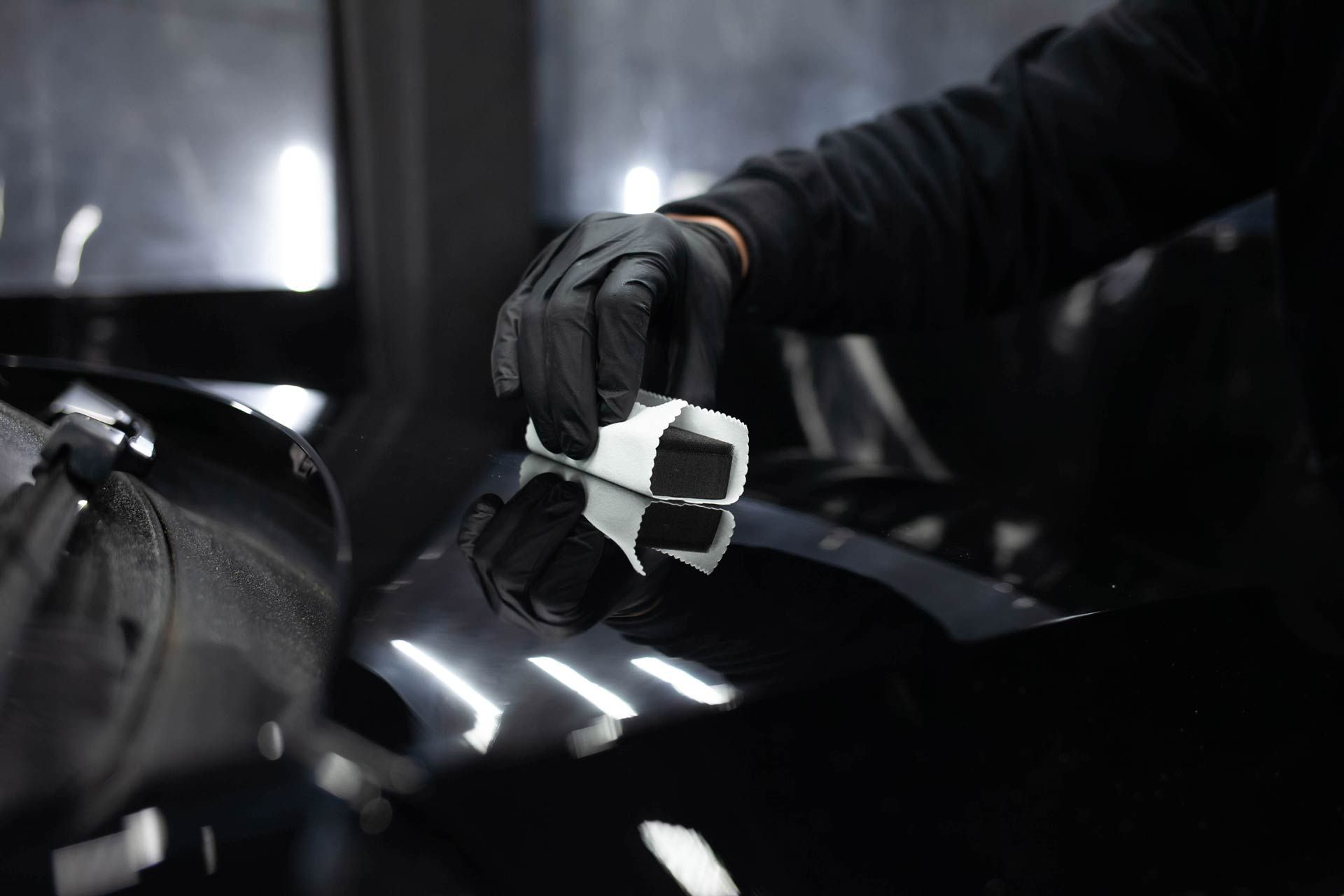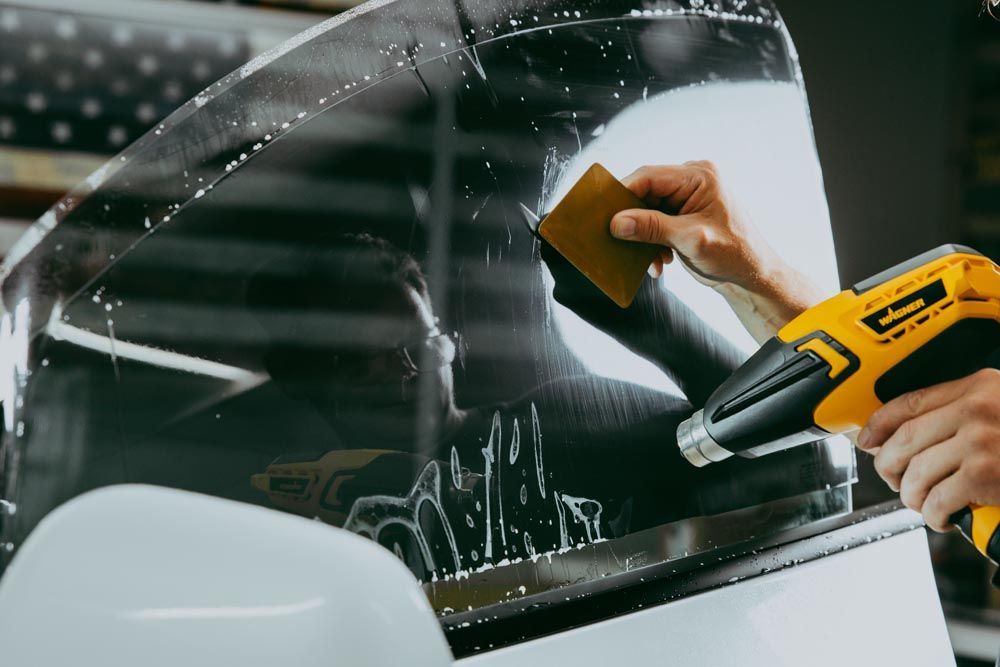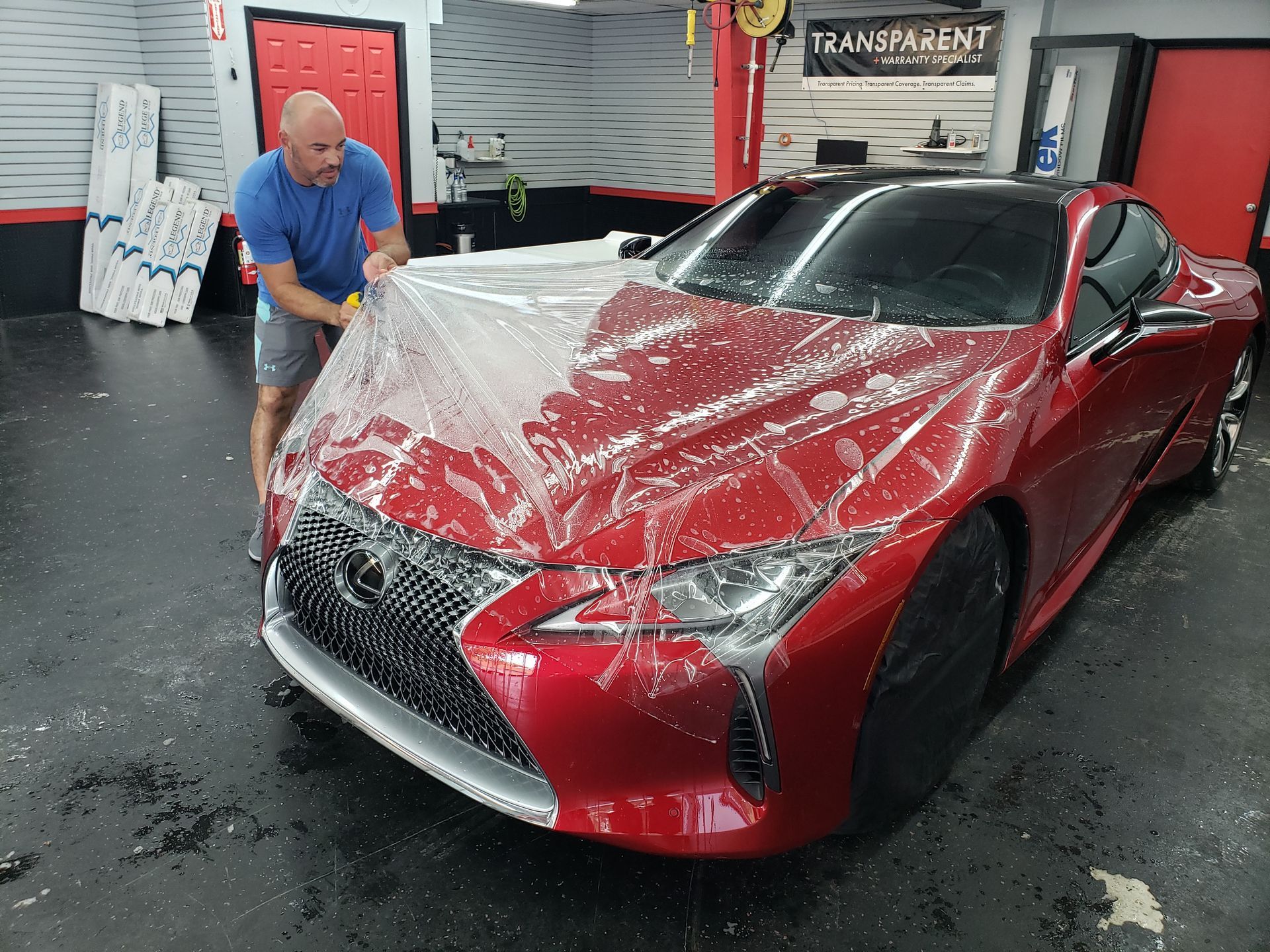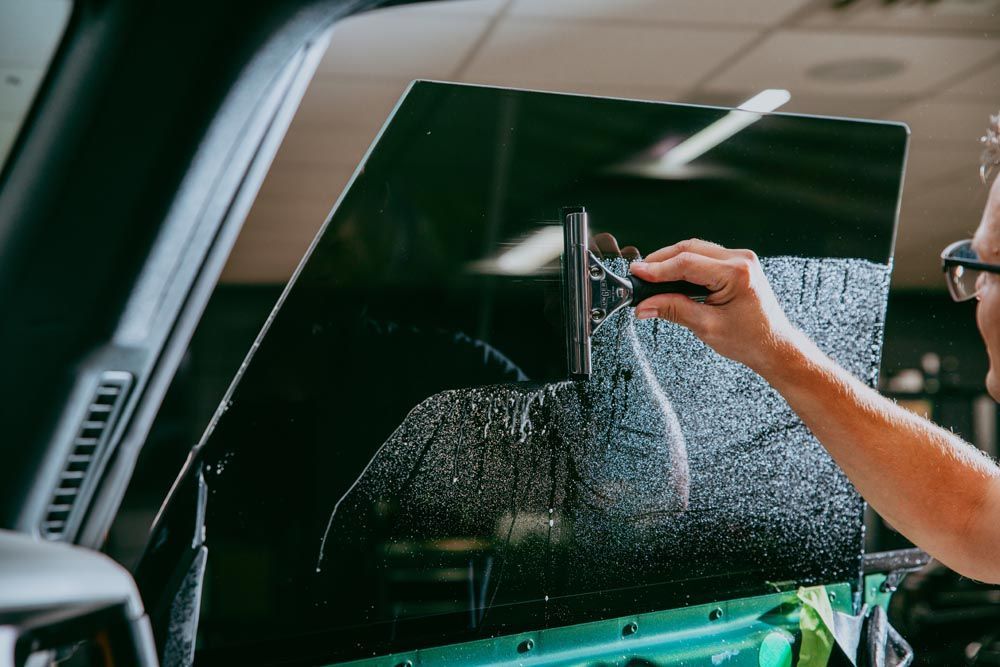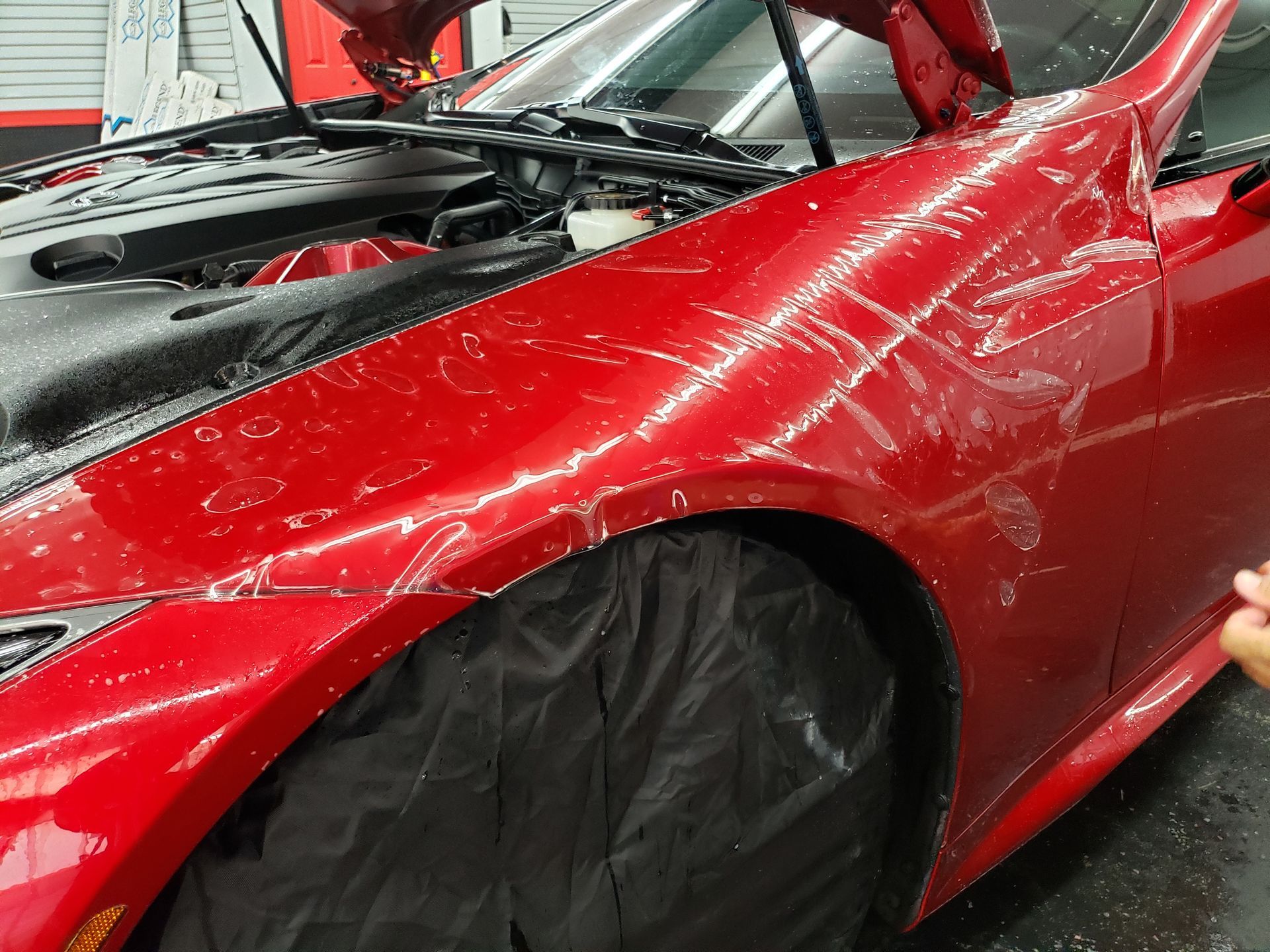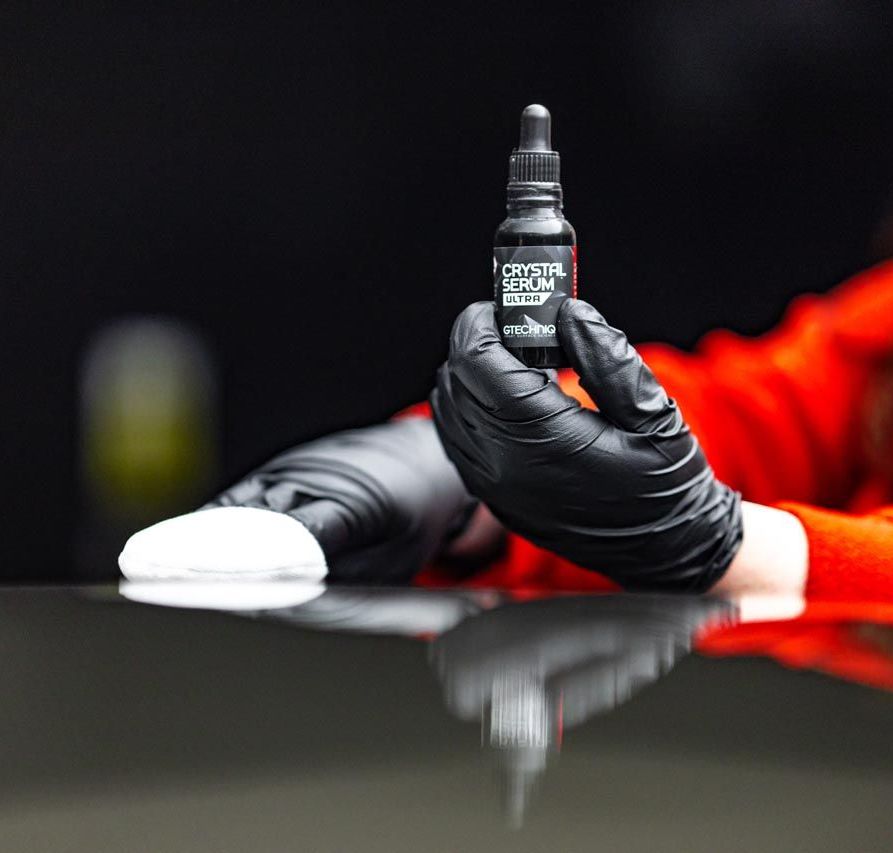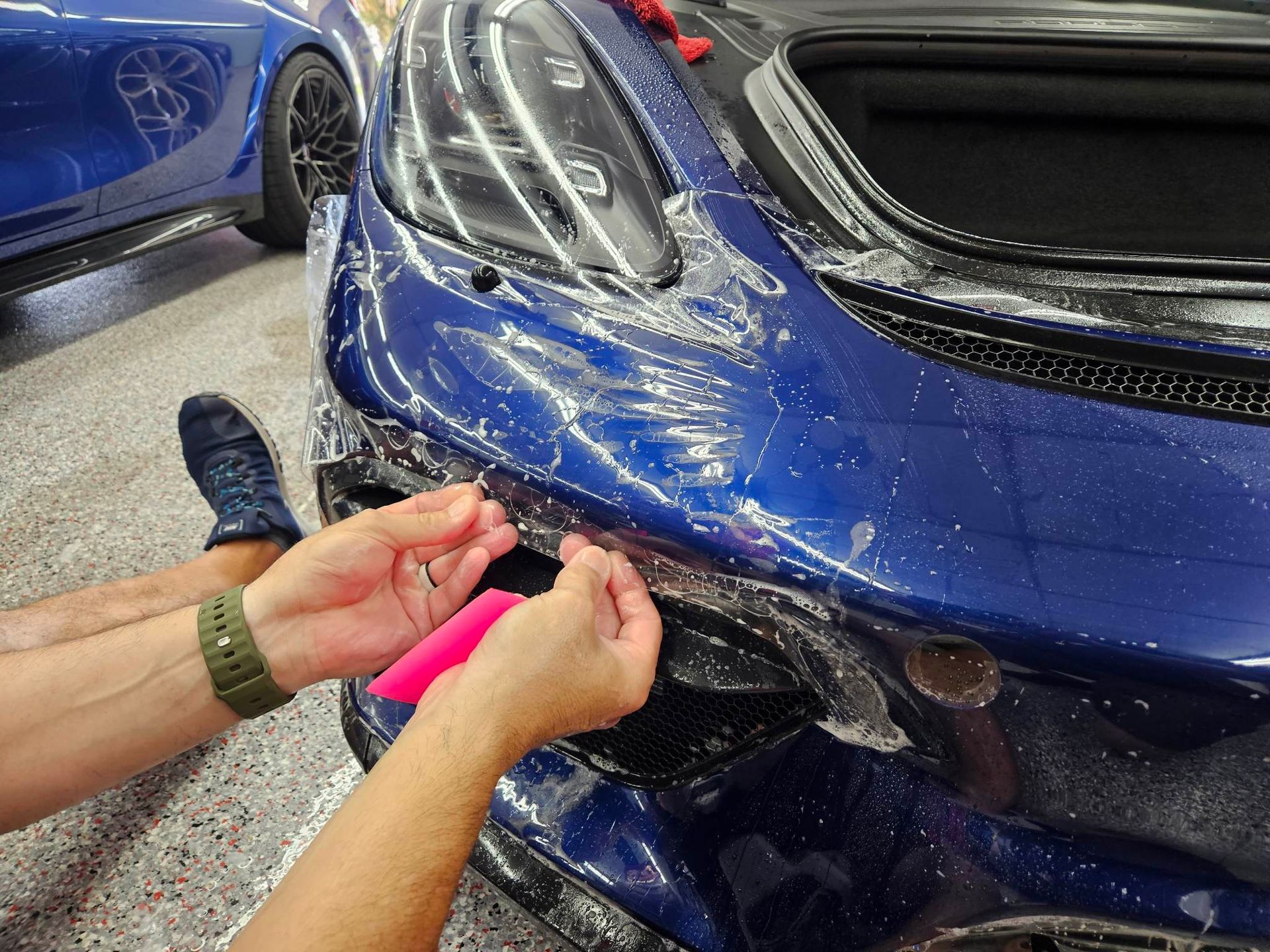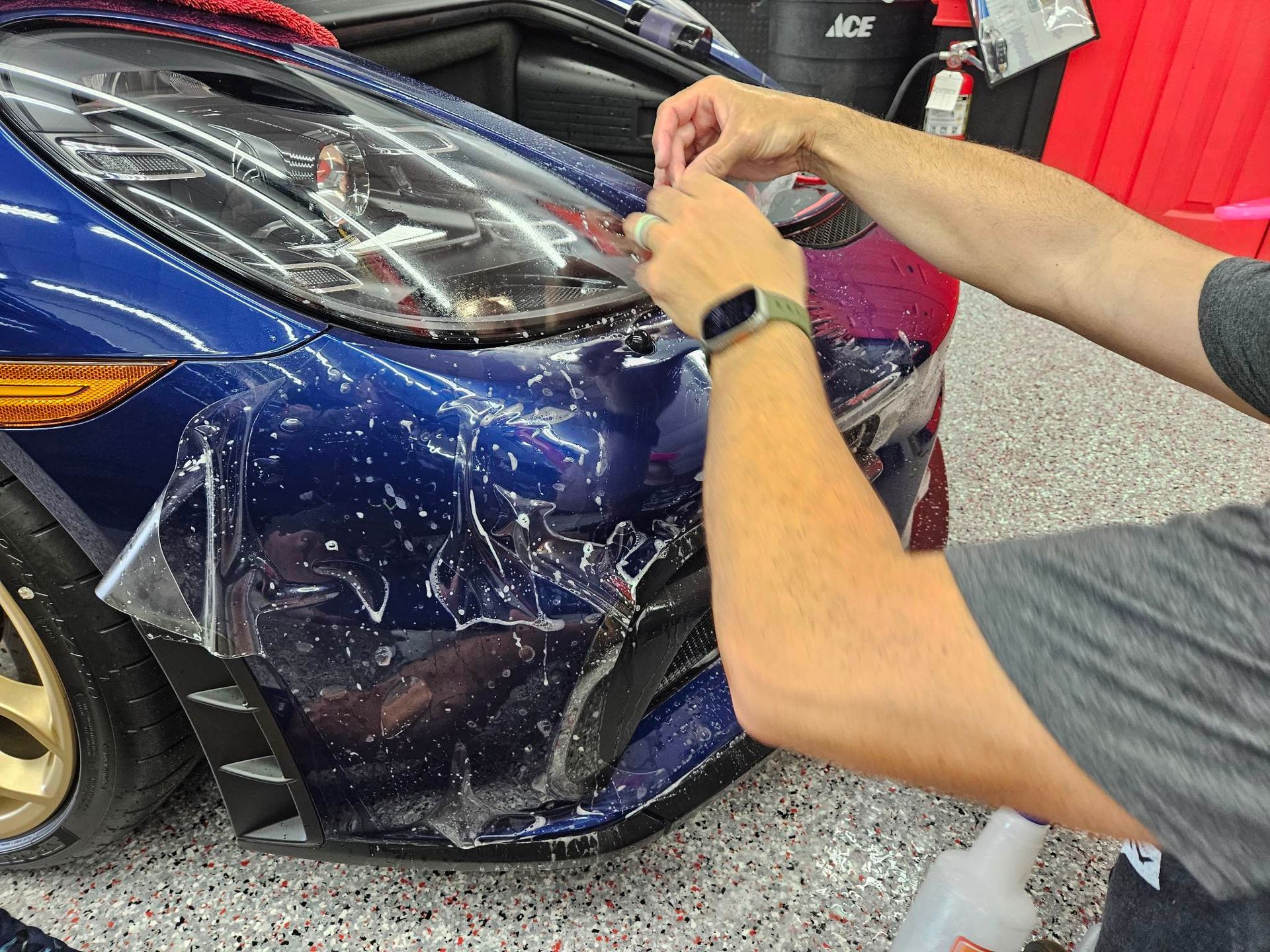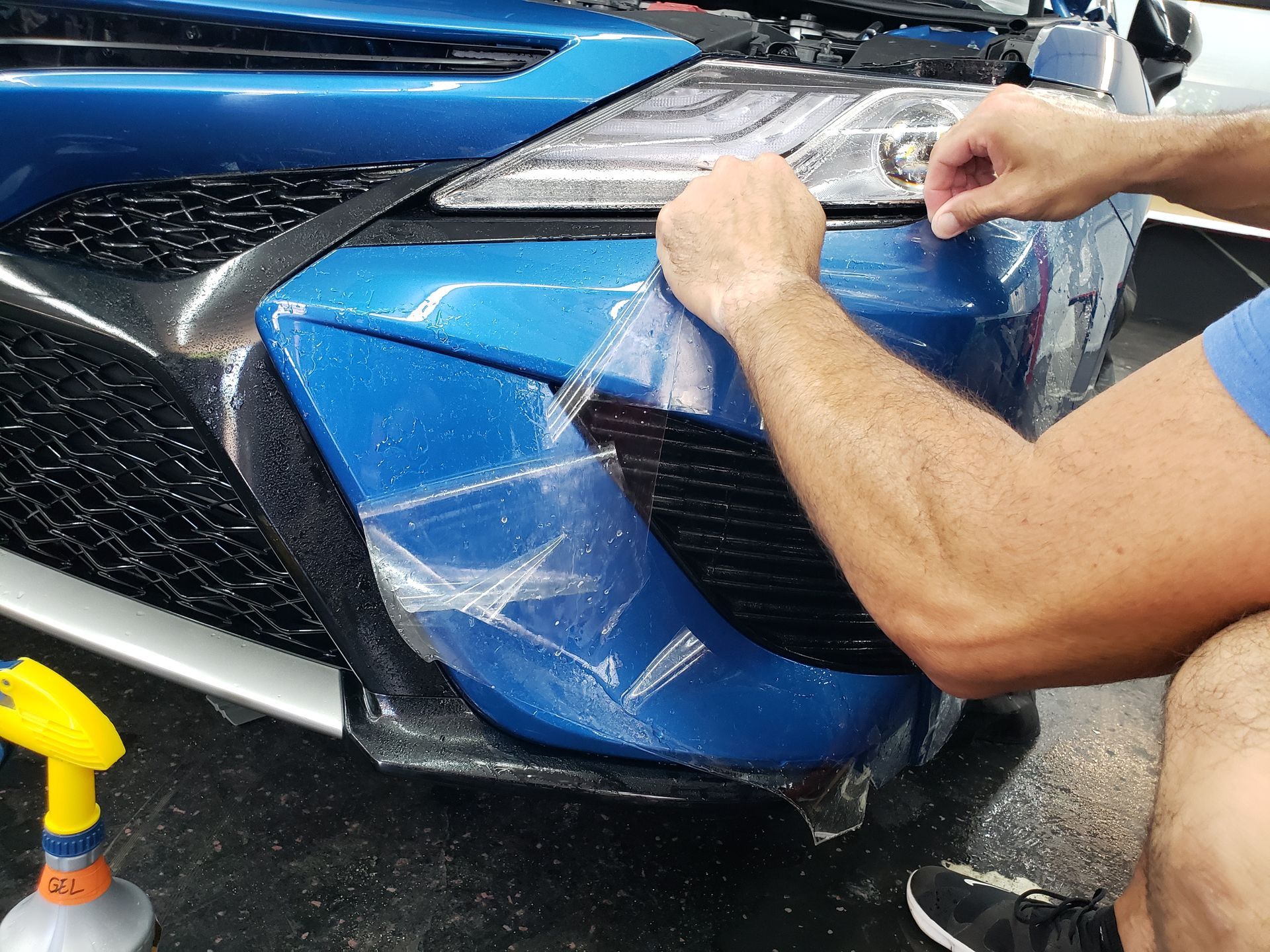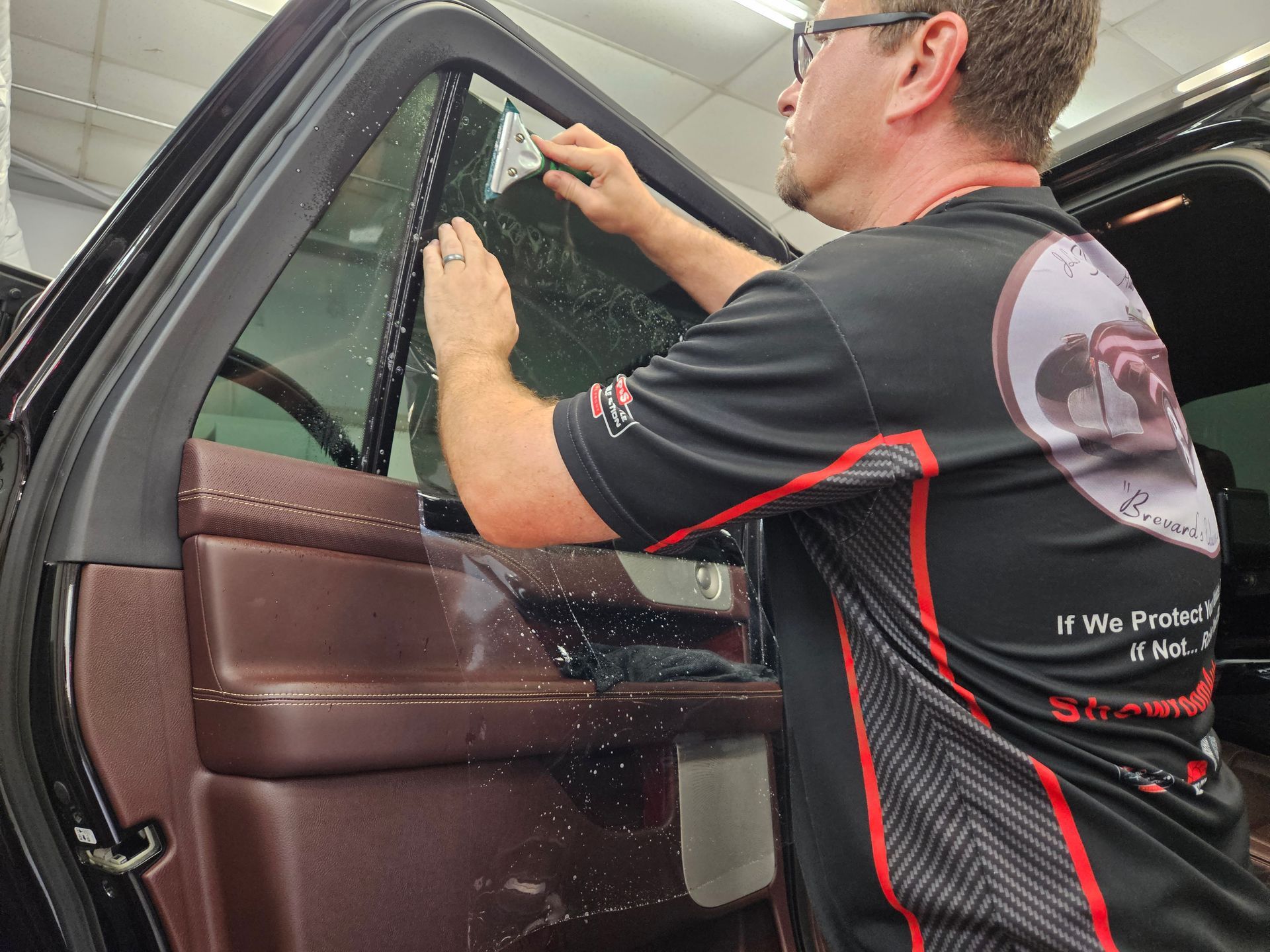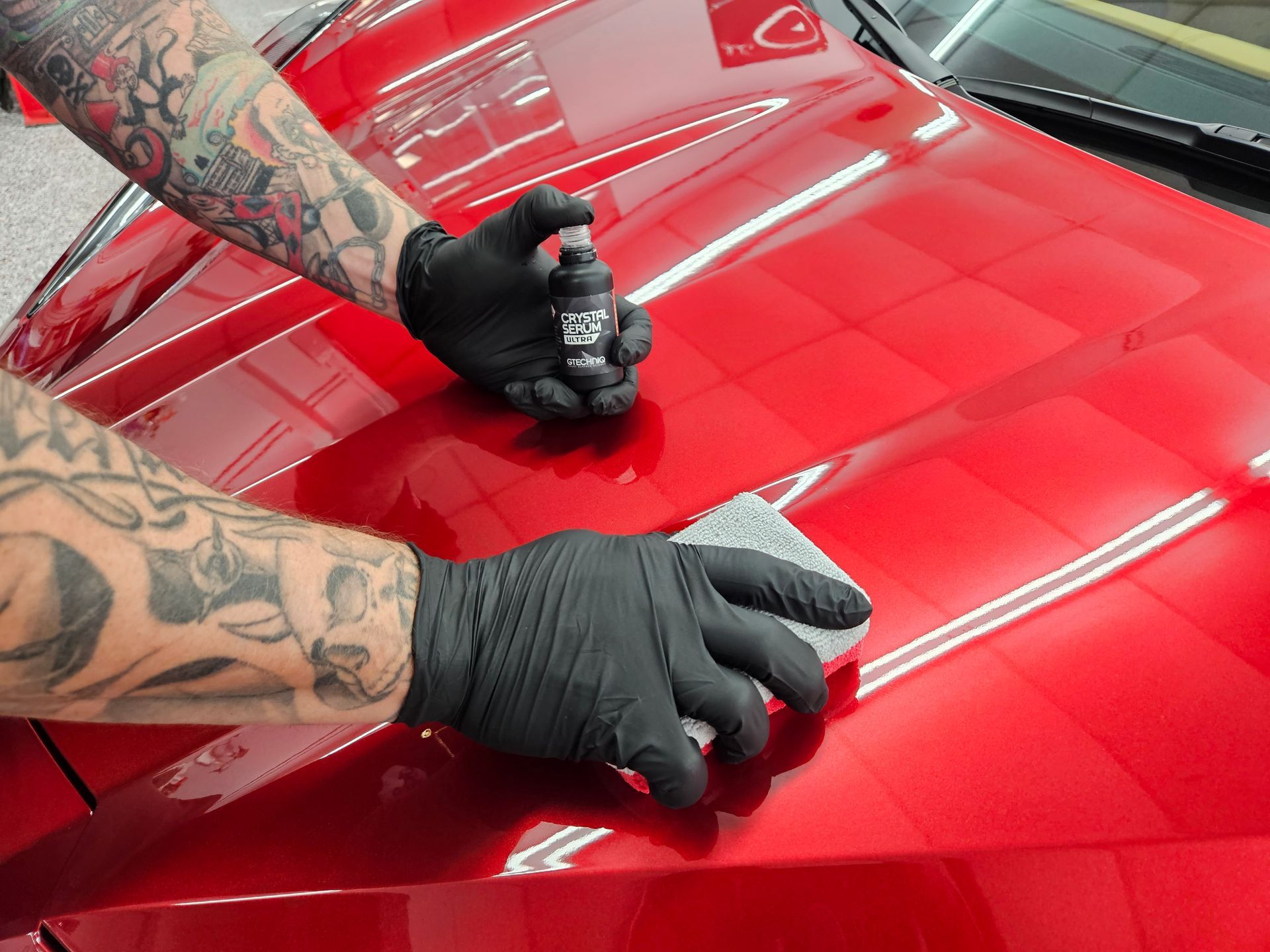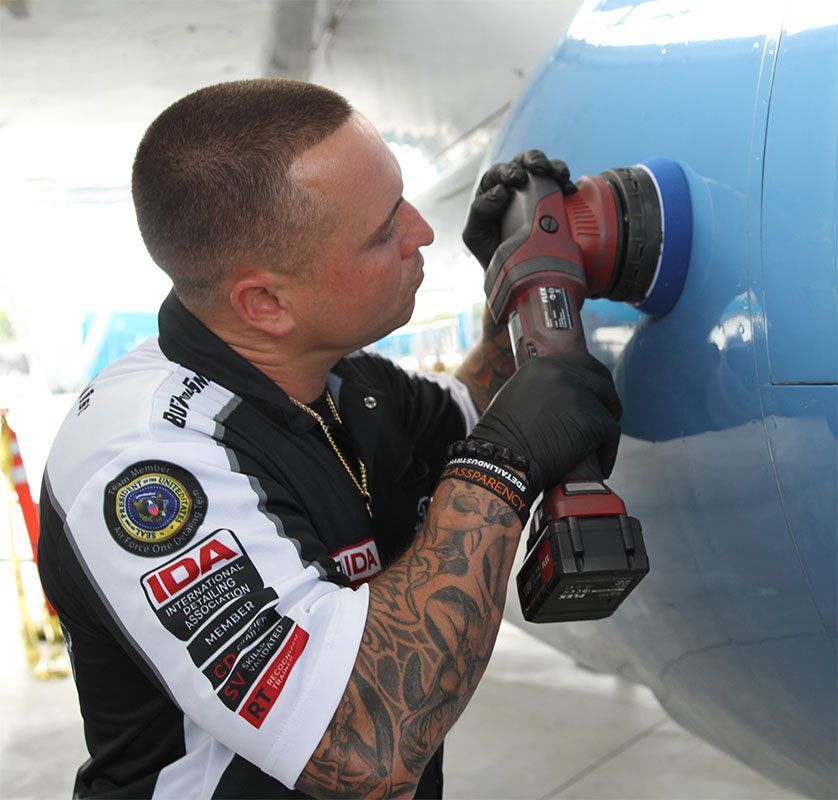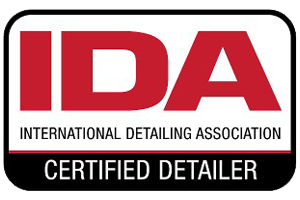Which Type of PPF is Best for Your Car? Top Protection Film Options
Choosing the right paint protection film (PPF) to keep your car looking sharp can be a daunting task. Given the abundance of options available, how can you determine the most suitable type for your vehicle? You want something that will protect your vehicle from pesky scratches, debris, and UV rays without sacrificing its beautiful shine.
The best type of paint protection film for your car largely depends on your specific preferences and requirements, such as self-healing capabilities, clarity, and durability. For instance, if you prioritize self-healing technology to maintain your vehicle's aesthetic, reputable brands are excellent choices.
Comparing Types of Paint Protection Film
When it comes to safeguarding your vehicle's paintwork, understanding the distinctions between clear PPF, matte PPF, and gloss PPF will help you make an informed decision that aligns with your style and protection needs. Each type serves a specific purpose and offers unique benefits, making it crucial to choose wisely based on your lifestyle and the look you want for your car.
- Clear PPF: Designed for those who prioritize protection without altering the appearance of their vehicle. This film is nearly invisible once applied, allowing the original color and finish to shine through while offering robust defense against road debris, scratches, and UV damage. One standout feature of clear paint protection film is its self-healing capability; minor scratches can disappear over time when exposed to heat from the sun or washing. It’s like having armor that regenerates itself!
- Matte PPF: Ideal for car enthusiasts looking to achieve a unique aesthetic. This film has a flat, non-reflective finish that helps create a high-end, custom look. Besides its visual appeal, matte PPF also boasts fingerprint-proof properties, reducing smudges and blemishes that can detract from its sleek design. However, due to its matte surface, it might require more careful maintenance compared to clear PPF because any contaminants can be more noticeable on a non-shiny surface.
- Gloss PPF: Gloss PPF could be the ideal choice if you consistently strive for a "just waxed" appearance. This type enhances the depth and clarity of your car's paint while providing excellent protection against the elements. However, one potential downside is that it may show dirt and fingerprints more readily than its matte counterpart. Consequently, keeping your car looking pristine with gloss paint protection film requires regular cleaning to maintain that shine.
With these options in mind, whether you're leaning towards clear coverage with self-healing technology or a stylish matte finish, understanding their benefits will guide you as you move forward into considerations of how clear films enhance protection against everyday wear and tear.
The Benefits of Clear Paint Protection Film
Clear paint protection film (PPF) offers numerous benefits for vehicle owners seeking to preserve the appearance and longevity of their car. From protecting against UV damage to enhancing the car’s aesthetic appeal, clear PPF is an investment in both style and maintenance. Here are the key advantages of clear PPF:
- Exceptional UV Protection: Clear PPF comes with built-in UV stabilizers that block up to 99% of harmful UV rays. This helps prevent your vehicle's paint from fading over time and also protects the film itself from yellowing, ensuring your car retains its original appearance year after year.
- Seamless Integration with Vehicle Design: The nearly invisible nature of clear PPF ensures that it seamlessly blends with the car’s original color and finish. It provides an aesthetically pleasing solution, protecting your vehicle without compromising its style.
- Easy Upkeep and Low Maintenance: Maintaining clear PPF is hassle-free, with its smooth surface making it easy to wipe away dirt and grime with just a damp cloth. Additionally, the film's self-healing properties help mask minor scratches, allowing them to fade away with exposure to heat or sunlight.
- Versatility Across All Vehicle Types:
Clear paint protection film is suitable for all vehicle types, from luxury sports cars to family minivans. Its versatility ensures that it can effectively protect any vehicle, maintaining its appearance regardless of make, model, or age.
The Pros of Matte Paint Protection Film
A matte finish on a vehicle offers a distinctive and sophisticated appearance that sets it apart from the traditional glossy look. While it requires more care and maintenance, its unique benefits make it a highly appealing choice for many vehicle owners. Here are the key benefits of choosing a matte finish:
- Unique and Sophisticated Look: A matte finish gives your vehicle a sleek, non-reflective surface that exudes sophistication and luxury. Unlike glossy finishes, matte provides a flat, understated look that makes your car stand out in a crowd, offering a sense of exclusivity and elegance.
- Camouflages Minor Imperfections: One of the standout benefits of matte finishes is their ability to hide minor imperfections like light scratches or stone chips. The flat surface minimizes reflections, making small blemishes less noticeable, which is ideal for those who want to keep their car looking pristine without frequent touch-ups.
- Enhanced Customization Options: Matte finishes are often chosen for their versatility in customization. Whether you want to combine it with other finishes or use it to create unique designs and patterns, matte allows for an added layer of creativity that can make your car truly one-of-a-kind.
- Increased Vehicle Prestige: Matte finishes are often associated with high-end, exclusive vehicles, lending your car a more luxurious and prestigious appearance. This finish is favored by those who want their vehicle to have a more refined and upscale look, elevating its overall visual appeal.
The Advantages of Gloss Paint Protection Film
A gloss finish offers a bold and radiant shine that can make any vehicle's paint job stand out. It's an ideal choice for those who want a car that catches the eye with its vibrant, reflective surface. Here are the key benefits of choosing a gloss finish for your vehicle:
- Vibrant Shine and Reflectiveness: A gloss finish gives your vehicle an eye-catching shine that reflects light beautifully. This vibrant, high-gloss appearance enhances the color depth and makes the paint look fresh and glossy, drawing attention wherever you go.
- Straightforward Maintenance: Caring for a gloss finish is relatively simple compared to other finishes. It requires minimal maintenance with non-abrasive cleaners, which can easily restore the vehicle’s shine, making it a hassle-free option for car owners who prefer simplicity.
- Enhanced Visual Appeal: The shiny, reflective surface of a gloss finish can add a polished, high-end look to any vehicle. Whether you're driving a luxury car or a regular model, the glossy finish can make your vehicle appear more prestigious and well-maintained.
- Protective and Durable: In addition to its aesthetic benefits, gloss finishes often come with protective qualities that help preserve the underlying paint. They can act as a barrier against environmental factors like dirt, dust, and water, keeping your car looking shiny and new with less effort.
Self-Healing Properties of PPF
One of the remarkable innovations in PPF technology is the incorporation of self-healing capabilities, which can transform your vehicle’s upkeep. These advanced films consist of elastomeric polymers that allow them to mend minor scratches when exposed to heat. Whether it's the warmth from sunlight or a gentle pass from a hairdryer, the surface of the film can revert back to its original state, effectively making small blemishes disappear. This means that maintaining your car's pristine look becomes less of a chore and more about enjoying your vehicle without the constant worry of scuffs and marks.
While many think that self-healing films might serve only as a luxury, they hold significant practical benefits. When you consider frequent wear or damage on vehicles that are driven daily, it becomes clear that this capability is more than just a nifty feature. Imagine driving your car day in and day out, only to find that minor scrapes and light swirl marks fade away effortlessly under the sun. The convenience and long-term savings on repainting or touch-ups with traditional PPF make these self-healing options attractive.
Key Features: Durability, UV and Scratch Resistance
When it comes to protecting your vehicle, high-quality paint protection film stands out due to its exceptional durability, UV resistance, and scratch protection. These features ensure that your car stays looking brand new for years to come, no matter what conditions it faces on the road. Below are some of the key benefits of PPF that make it an essential investment for your vehicle.
- Durability and Longevity: High-quality paint protection film is designed for lasting performance, offering a lifespan of up to ten years. This durability helps safeguard your vehicle against everyday hazards like gravel roads or close parking, reducing the risk of chips and scratches. With proper maintenance, the protective film acts as an invisible shield, significantly extending the lifespan of your car’s paint.
- UV Resistance for Long-Lasting Aesthetic Appeal: The advanced UV-blocking technology of PPF helps preserve your car’s paint from harmful ultraviolet rays. UV rays can cause discoloration and fading over time, but PPF protects your vehicle by preventing sunlight from damaging the paint beneath. This protection ensures your car’s glossy finish remains vibrant and clear, even after prolonged exposure to the sun.
- Scratch Resistance and Self-Healing Properties: Modern PPF is engineered to withstand everyday scratches caused by various sources, such as shopping carts, pet claws, or zippers. Many premium films come with self-healing properties, allowing minor scratches to disappear when exposed to heat from the sun. This innovative feature ensures that your vehicle maintains its pristine appearance despite regular use.
These features ensure that the film not only sustains its level of protection but also keeps your car looking pristine both inside and out. Understanding these essential attributes prepares us to look deeper into how to effectively install such protective films and ensure optimal results.
PPF Installation Tips and Best Practices
Proper installation of PPF is crucial for harnessing its full potential. A careful, methodical approach ensures that the film adheres well, providing maximum protection for your car's paint.
Step-by-Step Guide
- Surface Preparation: First things first, preparation is key. The surface of your vehicle must be impeccably clean before you start any application. This means washing your car to remove dirt, dust, or debris. If there are stubborn contaminants like tree sap or oil spots, addressing these ahead of time ensures a smooth finish.
- Decontamination: After washing, it’s advisable to decontaminate the car's surface further using a clay bar. This process removes microscopic particles that soap and water can't reach, leaving you with a perfectly smooth canvas for the paint protection film. Be thorough; any remaining grime can create imperfections in the film once applied.
- Cutting the Film: Once your surface gleams with cleanliness, measure accurately for cutting the PPF. Pre-cutting the film according to your car’s dimensions should be done with precision—allowing a small margin can be beneficial for adjustments during installation. Patience is essential here; rushing it often leads to mistakes that could compromise the entire job.
- Application: Now comes one of the most critical phases: application. To ease the positioning of the paint protection film, lightly spray the adhesive side with a lubricant solution—typically, a mixture of soap and water works wonders. This allows you to shift and manipulate the film into perfect alignment without causing damage.
- Smoothing Out: With the film now placed correctly, adhere it firmly. Using a squeegee, begin in the center and push outward to remove air bubbles and excess lubricant trapped beneath the film. This technique is vital in ensuring a bubble-free application, which improves aesthetics and enhances durability by allowing proper adhesion.
- Final Adjustments: As you wrap up, carefully trim away any excess film using a sharp blade. It’s essential to be cautious during this step; make sure not to cut too deep to avoid marring your car’s paint underneath. Taking your time here pays off in preventing potential touch-up work later.
Proper installation enhances the film’s protective qualities and ensures a seamless finish that maintains your car’s aesthetic appeal—a fitting tribute to all that effort put into protecting your vehicle! Following these steps not only guarantees an effective PPF application but also gives your vehicle long-lasting protection against various elements while keeping it looking pristine. By investing time into proper installation techniques, you're ensuring your car stays stunning for years to come.
Ultimate Paint Protection in Melbourne, FL
Keep your vehicle looking flawless with JL’s Showroom Auto Salon’s
premium paint protection film services in Melbourne, FL. Our expertly installed PPF acts as a virtually invisible shield, safeguarding your car’s paint from rock chips, scratches, and everyday wear. Designed for durability and precision, this advanced film ensures your ride stays protected without compromising its sleek appearance. Protect your investment with cutting-edge technology and skilled craftsmanship—contact JL’s Showroom Auto Salon today to schedule your PPF installation! Call us at (321) 723-6976 to get started!
